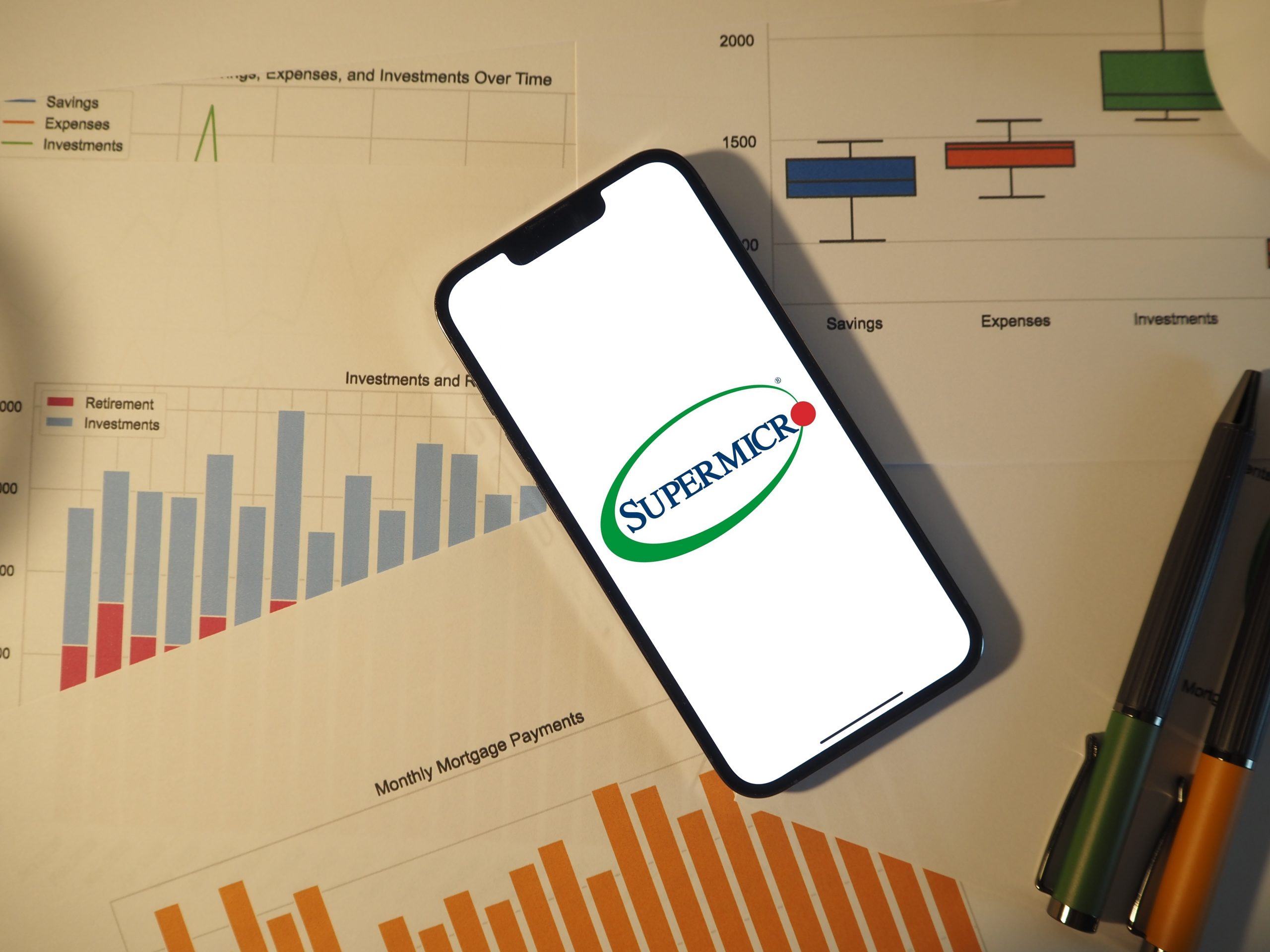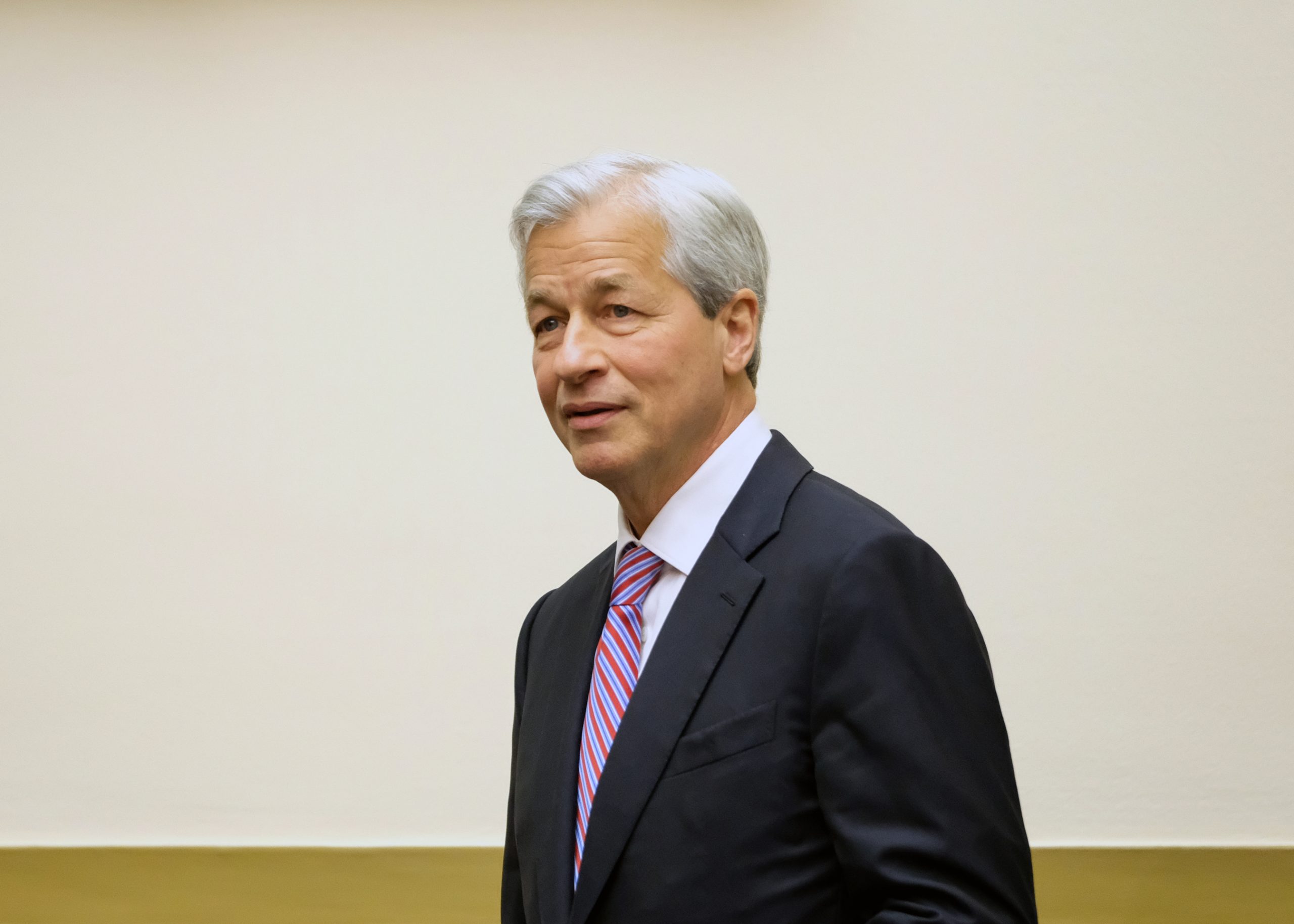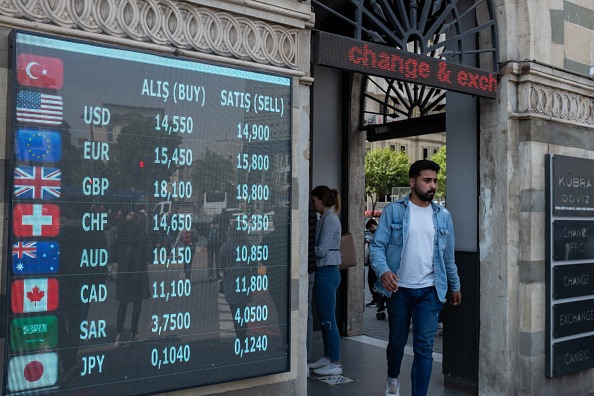Put-Call Parity
The overarching pricing relationship that exists between calls, puts, the underlying and the strike price.

Options trading has exploded during the last 12 months, and for good reason. Options add flexibility to a portfolio, whether it be for the purpose of hedging, speculating or managing risk.
However, it’s important to recognize that options differ from stocks in several ways—most importantly, they have expiration dates. That means time to expiration is a critical factor when using options.
The optionality associated with options is of course another big bonus. When purchasing calls and puts, market participants have the right, but not the obligation, to exercise these options.
At the most basic level, however, options work like any other asset. When an option is purchased, the hope is that it increases in value. And when an option is sold, the hope is that it decreases in value.
A key difference in the options markets is the existence of implied volatility, which basically allows for a secondary method of analyzing the price of an option, as opposed to merely looking at the dollar-and-cents value.
Importantly, implied volatility has exhibited a tendency to mean revert, which means market participants can filter for opportunities in which implied volatility is above or below the mean, potentially trading based on that information.
Historical market data illustrates clearly that above-average levels of implied volatility tend to decrease over time, while below-average levels of implied volatility tend to increase over time. This reality arms investors and traders with the ability to capitalize on additional opportunities in the market.
Tastytrade devised the metric Implied Volatility Rank (aka IVR) for this very purpose. IVR compares the current level of implied volatility in a given underlying to the previous 52 weeks, which can help market participants evaluate whether current levels are cheap, expensive or fair.
But beyond IVR, options traders should also familiarize themselves with the concept of “put-call parity.” Put-call parity refers to the pricing relationship that exists between calls, puts, the underlying and the strike price.
Like IVR, an awareness of put-call parity can help investors and traders better understand potential opportunities in the market, as well as expand market awareness.
Put-call parity is generally expressed in the form of an equation involving four simple variables: call price, put price, strike price and stock price.
Using a simple equation, any three of the above variables can be used to solve for the fourth. That equation is: Call Price – Put Price = Stock Price – Strike Price.
It should be noted that the above call price and put price are assumed to be from the same strike price and expiration month. The equation can also be written as: Call Price = Stock Price – Strike Price + Put Price.
Looking at an example, imagine that hypothetical stock XYZ is trading in the market for $30.50, and the associated $30-strike put is trading $1.10. Using the equation for put-call parity, what’s the value of the $30-strike call?
Solving this question is a matter of merely plugging the known values into the equation: Call Price = $30.50 – $30.00 + $1.10 = $1.60. So in this example, the call price equates to $1.60.
Readers can review the put-call parity concept using real-life examples by simply pulling up the options prices for a given expiration month and plugging them into the equation.
The only wrinkle with put-call parity is when trading longer-dated options or underlyings that have associated dividends. In such cases, these added variables need to be incorporated into the equation.
Looking at an example involving dividends, imagine that hypothetical stock XYZ is expected to pay a $0.30 dividend during the current expiration month. In this case, the dividend would be accounted for by altering the put-call parity equation slightly: Call Price = Stock Price – Strike Price + Put Price – Dividend.
Assuming the Put Price was still trading $1.10, the new equation would read: Call Price = $30.50 – $30.00 + $1.10 – $0.30. So, when accounting for the dividend, the new Call Price would be $1.30.
Put-call parity can be used by investors and traders to sanity-check values that are trading in the market. If, for example, the call price observed in the market for the above example was $1.10, instead of $1.30, it’s possible the market might be anticipating a $0.20 increase in the dividend.
To learn more about put-call parity, readers may want to review a new episode of The Skinny on Options on the tastytrade financial network when timing allows.
For more information on put-call parity, readers can also review the following tastytrade programming:
Subscribe to Luckbox in print and get a FREE Luckbox T-shirt! See SUBSCRIBE or UPGRADE TO PRINT (upper right) for more info.
Sage Anderson is a pseudonym. The contributor has an extensive background in trading equity derivatives and managing volatility-based portfolios as a former prop trading firm employee. The contributor is not an employee of Luckbox, tastytrade or any affiliated companies. Readers can direct questions about any of the topics covered in this blog post, or any other trading-related subject, to support@luckboxmagazine.com.



















